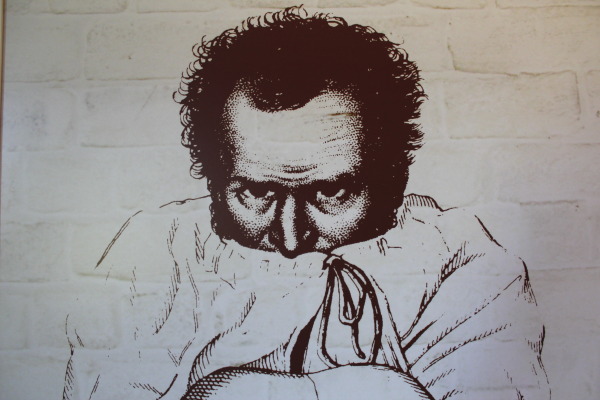
Michael Myers famously escaped Smith’s Grove Sanitarium in 1978’s Halloween, a classic horror movie I must watch annually on Halloween night. It’s a tradition I’ve continued for many years.
In 1773, the Public Hospital opened in Williamsburg. I visited the hospital and spoke with Jan Gilliam, Manager of Exhibit Planning for Colonial Williamsburg. In the beginning, 24 cells were devoted to those deemed mentally ill, but the hospital never reached full capacity and saw anywhere from eight to 15 patients at a time.
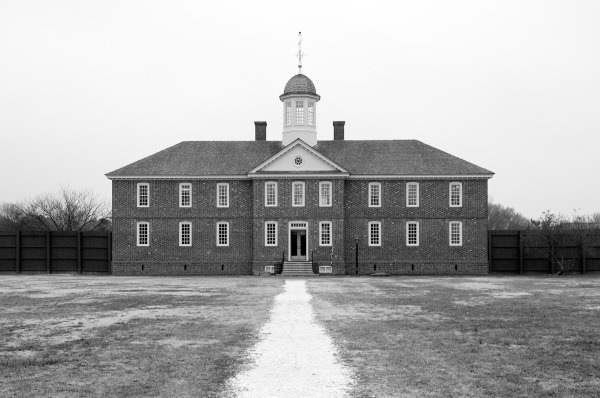
In the 18th century, there were typically two types of patients: those who suffered from melancholia and considered a danger to themselves and others. Prior to the hospital’s opening, many of the mentally ill were kept in the jail.
When you enter the Public Hospital of 1773 and turn to your left, you enter a room that shows what a cell was like in the 18th century, as well as an apartment at the hospital nearly a century later. The 18th century cell is home to a single mattress on the floor, a chamber pot, and shackles; the apartment is cozier, with an actual bed and desk.
Jan said a violent, dangerous person would have been shackled at all times, whereas other more passive patients would not. It was all dependent on what type of person was in the cell. Another method of restraint for a more violent person was a Utica Crib. One is on display at the Public Hospital of 1773. The wooden box is large enough for a person to lie inside who would then be locked in. Restraining jackets and a restraining chair were also used.
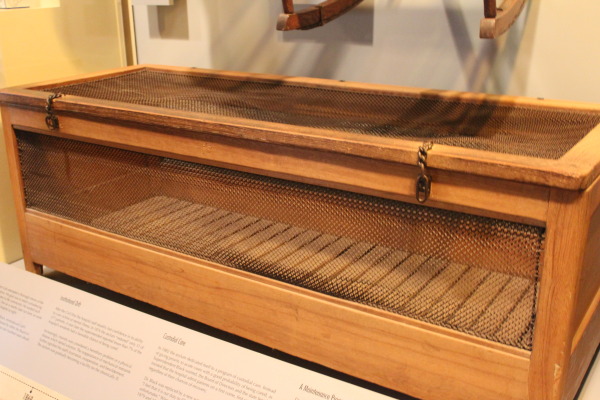
Utica Crib on display at the Public Hospital of 1773
A more well-known patient of the hospital is Lucy Ludwell Paradise. Yes, of that Ludwell-Paradise House. Lucy married John Paradise and spent much of her married life in England. Sometime after John died, she returned to Williamsburg and lived in the Ludwell-Paradise house. To say Lucy was eccentric is an understatement. Lucy would parade through the streets, thinking she was royalty, and was eventually committed to the Public Hospital in 1812. She died at the hospital not long after, and her spirit reportedly returned to the Ludwell-Paradise House. The stories of her hauntings are well known to visitors of Williamsburg. It is said the sound of someone bathing can be heard in the home and when checked, the bath is empty.
Dr. John M. Galt, Jr. pushed to change patients’ lives for the better at the hospital in the 19th century prior to the Civil War. He attempted to have the patients be more active and have more interaction, creating a better environment and a sense of community for them. He thought it would cure patients of their mental illness, but received a lot of pushback from those around him.
In 1862, Galt died of what is believed to be a self-induced overdose of opium at his home in Williamsburg, causing him to bleed out onto the floor. One story says the next owners of the home tried to remove the bloodstains from the floor and had a hard time, so they removed the floorboards and replaced them.
When they returned the next day, the blood was back.
Galt is buried in the family plot behind the Public Hospital of 1773. The plot contains just a single stone surrounded by green grass and a brick wall.
The original building burned down in the late 19th century during an electrical fire, killing one patient. Two female patients were reported missing and presumed dead, though their bodies were never recovered. Their whereabouts are still unknown to this day.
I wonder if they simply escaped…?
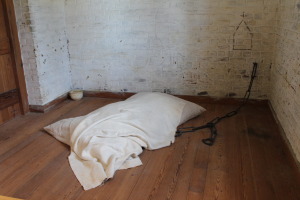
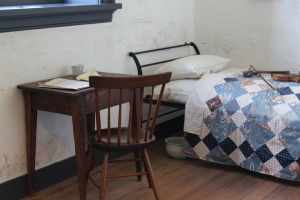
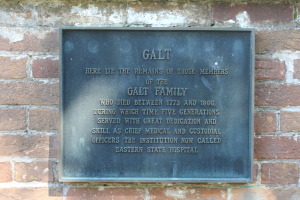
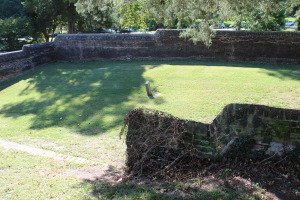




Leave a Reply